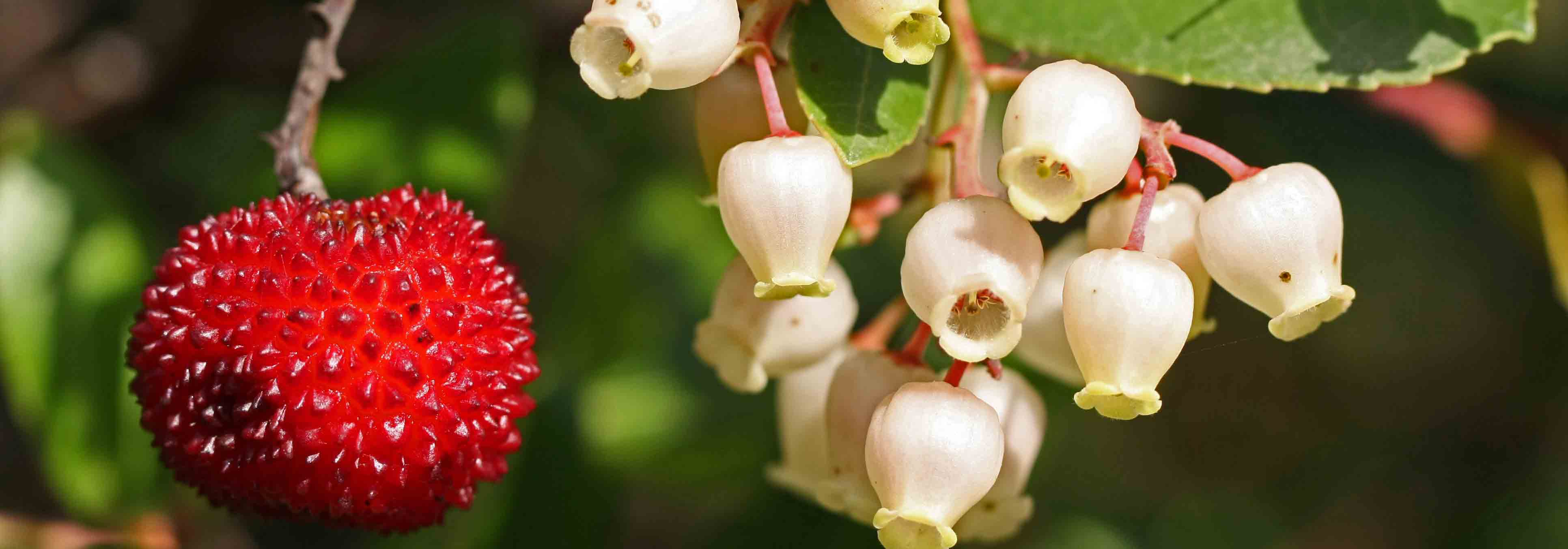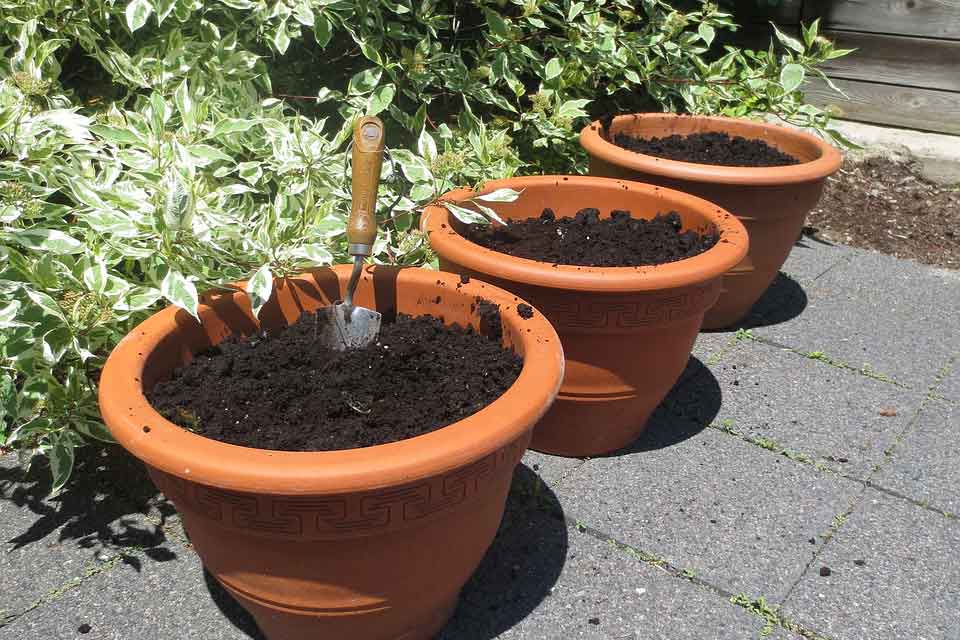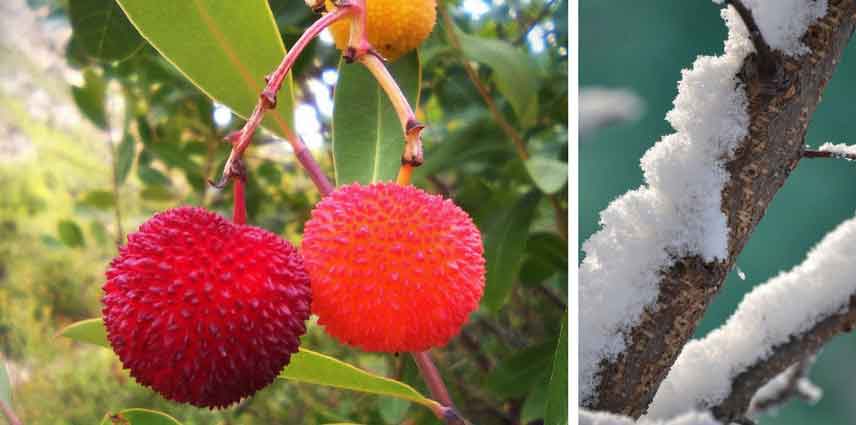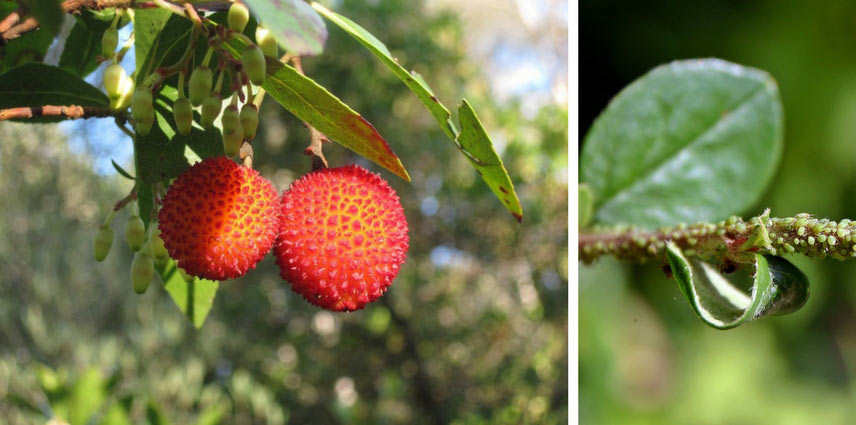
Strawberry tree, Arbutus: planting, pruning and care
A shrub that is easy to grow
Contents
The Strawberry Tree is a small Mediterranean fruiting bush that is easy to grow in regions spared from severe cold, provided it is planted in a warm, sunny location or partial shade, in a spot protected from cold winds. Once well established, in acidic and well-draining soil, it is undemanding, extremely frugal, and requires little care and maintenance to remain healthy. How to plant it in a pot or in the ground, properly maintain it, and prune it? Follow all our step-by-step tips to successfully grow the Strawberry Tree.
Where, when, and how to plant it?
Where to Plant the Strawberry Tree?
This bush prefers to settle in the southern regions of France that are spared from severe cold; the Mediterranean coast and the Atlantic shoreline. The Strawberry Tree can survive in all regions where temperatures are unlikely to drop below -15°C to -20°C. It tolerates sea breezes well, but its evergreen foliage is sensitive to icy winter winds: although hardy, it will appreciate being planted sheltered from winter storms and draughts.
The Strawberry Tree should be planted in neutral or preferably acid soil, provided it is well-drained. Ordinary soil may suit it as long as it is well-draining, light, and free of lime. It thrives in full sun or partial shade, surrounded by maritime pines, for example.
With slow growth, it is a compact bush that fits well in small gardens or small outdoor spaces.
With its decorative berries and foliage that remains beautiful all winter, it is remarkable in free hedges surrounded by other evergreens, at the centre of a shrub or perennial bed in the sun. Its unusual character makes it a lovely specimen when planted alone.
Compact varieties are well-suited for pot cultivation on sunny terraces and balconies in the cold soils of northern France, where they will spend the winter in a conservatory.
Before planting a Strawberry Tree, choose its location carefully because once well-established (it takes several years to reach its full development), it does not like being transplanted!
 The secret to planting the Strawberry Tree: a neutral or acid soil that is perfectly well-drained
The secret to planting the Strawberry Tree: a neutral or acid soil that is perfectly well-drained
When to Plant the Strawberry Tree?
To encourage its establishment, it should be planted outside of periods of extreme heat and frost, preferably in spring, during March or April, or in autumn, in September or October. However, it can tolerate planting from February until the end of March and from late summer until November when early or late frosts are no longer a concern.
How to plant it?
While the Strawberry Tree is content with acid or neutral soil, drainage must be perfect. In waterlogged soil, it would not survive. For hedges, maintain a distance of 1m between each bush.
In the open ground
Prepare the Soil
- Clear the soil of stones and roots
- Depending on the nature of the soil, create a mixture composed of garden soil, heather soil, turf, and an organic fertiliser
- Loosen the soil
Soak
Moisten the root ball by immersing it in a basin of water.
Dig
- Dig a hole 3 to 5 times wider than the root ball and nearly 1m deep
- If the soil is heavy, drain it with a good supply of pumice to ensure perfect drainage
- If the ground is calcareous, add turf (1 volume) and heather soil (2 volumes) and ensure to place a geotextile at the bottom of the hole to isolate the roots from the calcareous soil
- Plant the bush at collar level
- Bring the soil back to encase the roots and fill the hole, then firm it down
- Water well at planting and regularly during the first year after planting only
In a pot
It is preferable to grow the Strawberry Tree in a pot when the winter climate is too harsh, particularly in regions north of the Loire: the Strawberry Tree, although quite hardy, is sensitive to severe frosts. There are moderately growing varieties like Arbutus unedo ‘Compacta’ that are perfectly suited for pot cultivation.
Just like in open ground, impeccable drainage is the sine qua non condition for keeping a Strawberry Tree. Repotting is preferably done in early spring or ideally in autumn outside of frost periods.
- Prepare a very draining and light mixture consisting of 50% garden soil, 20% genuine heather soil if your soil is not sufficiently acidic, 20% good potting soil, and 10% well-decomposed compost, add perlite
- Plant it in a pot of at least 30 to 40 cm in diameter with good drainage holes at the base
- Make a bed of gravel or clay balls at the bottom
- Water sparingly without flooding the roots
- In regions with harsh winters (when temperatures drop below -15°C), store the bush in a warm, bright place
 Good drainage is essential to ensure the health and longevity of your Strawberry Tree
Good drainage is essential to ensure the health and longevity of your Strawberry Tree
Pruning of the strawberry tree
The Strawberry Tree has a rather slow growth rate, so pruning is neither essential nor particularly recommended: an autumn pruning would deprive you of its red, decorative, and edible fruits during winter! They can be used in tangy jams or delicious jellies!
It requires minimal pruning. If you wish to carry out a very light refresh to maintain a balanced habit and modest dimensions, only intervene very lightly in spring, around February-March. Remove any unruly or tangled stems and any dead branches to keep it in a nice shape; the strawberry tree can be lightly pruned each spring preferably, or in autumn.

The Strawberry Tree does not need to be pruned to remain beautiful and fruit-bearing
Properly caring for your strawberry tree
Planted correctly, the Arbutus is of exemplary frugality and requires no fertiliser. Very easy to maintain, it does not demand much attention. After its first year of planting, ensure to water it well, 2 to 3 times a month, during the first year. Then, once it has settled in, after 2 or 3 years, it will withstand drought well. Even appreciating dry soils, it will not require any watering in summer, even during periods of intense heat, as its roots will seek out the necessary water deep down.
Only potted specimens, which are more sensitive to lack of water, require regular watering.
1) Protect it from the cold in winter!
 The Strawberry tree, although hardy, fears severe frosts
The Strawberry tree, although hardy, fears severe frosts
The strawberry tree has moderate hardiness. Therefore, in cold climates, it is advisable to protect it from severe frosts.
To do this, in regions with harsh winters, when temperatures regularly drop below -15°C:
- spread a good layer of organic mulch (bark or pine needles, leaf litter) at its base to protect the roots from frost,
- wrap the aerial part in a winter fleece,
- bring potted specimens, which are more sensitive, to a frost-free place.
2) Prevent “strawberry tree Septoria”
When grown under suitable conditions, the strawberry tree is not very susceptible to diseases and pests. However, it can be subject to attacks from aphids and, more commonly, to “strawberry tree Septoria”, both of which are not dramatically harmful. While it does not kill the tree, this foliar spot disease causes damage that affects its aesthetic appearance and can diminish its vigour, potentially compromising its fruiting. To prevent this fungus from contaminating the entire foliage leading to widespread leaf drop, it is possible to take preventive measures: in autumn and late winter, spray the foliage every 15 days, one to two times, with Bordeaux mixture. Repeat if necessary.
 The strawberry tree is a very resilient bush that only fears foliar spot disease and aphids
The strawberry tree is a very resilient bush that only fears foliar spot disease and aphids
- Subscribe!
- Contents































Comments